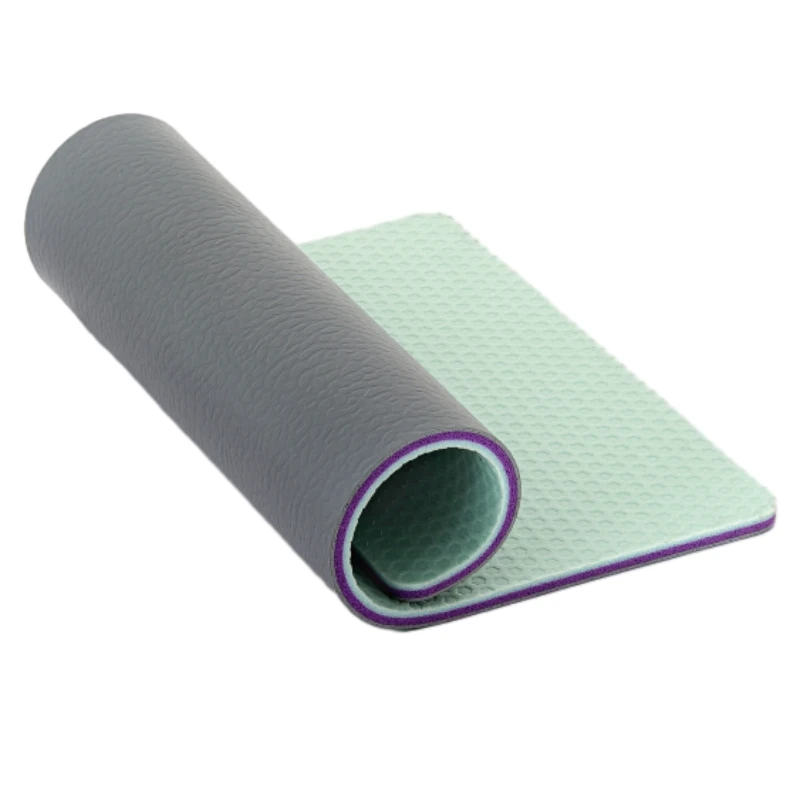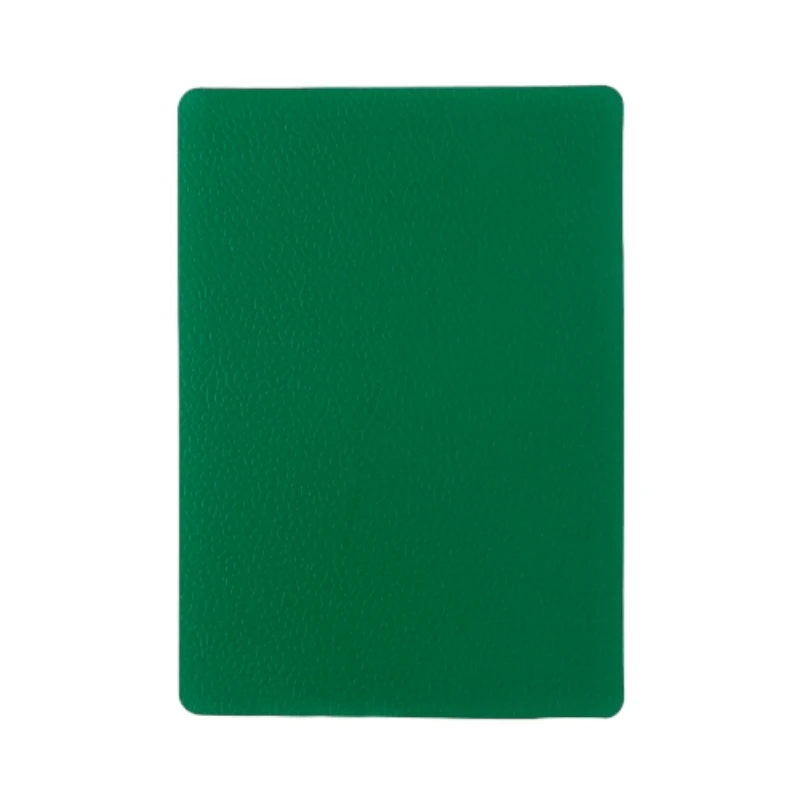- Afrikaans
- Arabic
- Belarusian
- Bengali
- Croatian
- Czech
- Danish
- Dutch
- English
- Estonian
- Finnish
- French
- Georgian
- German
- Greek
- hawaiian
- Hungarian
- Indonesian
- irish
- Italian
- Japanese
- kazakh
- Khmer
- Korean
- Kyrgyz
- Lao
- Latin
- Macedonian
- Malay
- Mongolian
- Myanmar
- Norwegian
- Persian
- Polish
- Portuguese
- Romanian
- Russian
- Serbian
- Spanish
- Swedish
- Tagalog
- Thai
- Turkish
- Turkmen
- Ukrainian
- Urdu
- Uzbek
- Vietnamese
- Zulu
Premium Volleyball Court Flooring Material | Durable Options
Shijiazhuang Langning Sporting Goods Technology Co.,Ltd.
Global Leader in Premium Sports Flooring Solutions Since 2008
Official Website: www.langningsports.com
Industry Evolution and Current Market Landscape
The sports flooring industry has witnessed remarkable transformations in the past decade, particularly in the realm of volleyball court flooring material. According to the International Sports Engineering Association (ISEA), court surface technology accounts for up to 25% of athletic performance in court sports. Modern volleyball court flooring material must meet increasingly stringent requirements for shock absorption, vertical deformation, force reduction, and slip resistance. As the Sports Surfaces Testing Laboratories note, ideal volleyball surfaces provide between 20-35% shock absorption and vertical deformation of 2.3-5mm under standard testing conditions.
The global market for specialized outdoor volleyball court flooring has grown 15% annually since 2018, driven by investments in public recreation spaces and school facilities. Simultaneously, indoor volleyball court flooring innovation has accelerated with the development of multi-layer modular systems that offer professional-level performance characteristics. The most significant advancement has been in portable volleyball court flooring, enabling competitive play in non-traditional venues while maintaining critical performance metrics.



Gem Pattern 6.0mm Sports Flooring
Advanced Solution for Professional Volleyball Courts
Technical Specifications
- Model No.: L91060 / L92060 / L93060 / L94360 / L94460 / L95060
- Thickness: 6.0mm (±0.2mm tolerance)
- Size: Customizable dimensions / Standard 15m (L) × 1.8m (W) rolls
- Colors: Red, Green, Grey, Royal Blue, Sea Blue, Orange
- Shock Absorption: >26% (EN 14808 standard)
- Force Reduction: 28-38% (DIN 18032 Part 2)
- Slip Resistance: Class C Wet Pendulum Test Value ≥25
- Applications: Professional volleyball, basketball, table tennis, badminton, handball

Technical Parameters of Modern Volleyball Flooring
| Parameter | Standard Range | Premium Performance | Testing Standard |
|---|---|---|---|
| Shock Absorption | 20-35% | ≥26% | EN 14808 |
| Vertical Deformation | 2.3-5.0mm | 3.2-4.8mm | DIN 18032 Part 2 |
| Force Reduction | 25-50% | 28-38% | ASTM F2772 |
| Slip Resistance (Dry) | 0.5-0.9 μ-value | 0.78 μ-value | DIN 51130 |
| Ball Bounce | 90-110% | ≥95% | EN 12235 |
| Abrasion Resistance | <200 mm³ | ≤40 mm³ | ISO 4649 |
| UV Resistance | 7+ rating | Class 8 (Excellent) | ISO 4892 |
Performance Analysis of Modern volleyball court flooring material
Material Innovations in Court Flooring
Modern volleyball court flooring material engineering combines multiple technological layers to achieve optimal performance. The base stabilizer layer provides dimensional stability, while the reinforced glass fiber mesh enhances tensile strength and prevents lateral movement. The central foam core, typically made from cross-linked polyethylene (IXPE), delivers essential shock absorption and energy return properties essential for player safety and performance.
The surface texture, particularly in outdoor volleyball court flooring, employs specialized diamond or gem patterns that channel water effectively while maintaining slip resistance. According to the International Journal of Sports Science, modern surfaces reduce lateral ankle stresses by up to 28% compared to traditional surfaces. Material innovations like hybrid polymer blends have extended product lifespan for outdoor volleyball court flooring material to 10+ years even under intense UV exposure.
Professional FAQ: Volleyball Court Flooring
Vertical deformation (VD) measures how much the surface compresses under impact. For professional volleyball, optimal VD ranges from 3.2-4.8mm according to DIN standards. Proper VD reduces joint stress while ensuring predictable ball bounce characteristics essential for competitive play.
Indoor volleyball court flooring prioritizes exact bounce consistency and shock absorption through multi-layer PVC or polyurethane systems. Outdoor volleyball court flooring material requires UV stabilizers, all-weather traction patterns, and freeze-thaw resistant polymers to withstand environmental exposure without performance degradation.
Professional surfaces range from 5-8mm thickness. The 6mm specification offers optimal balance between performance characteristics and cost efficiency. Thicker doesn't always mean better - critical performance metrics like force reduction and deformation control become more important at elite competition levels.
Modern portable volleyball court flooring with interlocking modules can meet international competition standards when properly installed. The FIVB certified portable surfaces must demonstrate consistent ball bounce (±8% variation), adequate shock absorption, and maintain surface tension integrity at court boundaries.
Critical. The Sport Flooring Association recommends ≤3mm deviation over a 3m straightedge. Imperfections transfer through synthetic surfaces creating dead spots or unstable areas. Professional installations include laser-leveling and moisture barrier installation when applicable.
Under proper maintenance (regular cleaning, UV protection for outdoor surfaces), quality indoor surfaces last 10-15 years in school facilities and 5-8 years in professional venues with daily use. High-grade outdoor volleyball court flooring material typically maintains performance characteristics for 8-12 seasons.
Advanced polymer compounds incorporate thermally stable fillers and modifiers to maintain consistent flexibility from -20°C to 60°C. This ensures consistent ball rebound and shock absorption properties across climate variations, essential for outdoor volleyball court flooring applications.
Technical Performance Trends in Sports Flooring
Performance testing conducted by the Sports Surface Testing Laboratory reveals modern volleyball court flooring material has improved shock absorption efficiency by 32% compared to surfaces from a decade ago. Critical developments include:
Multi-layer cushioning systems: Combining closed-cell foam bases with medium-density transitional layers significantly reduces peak force impact on athlete joints while maintaining energy return efficiency.
Surface texture engineering: Directional traction patterns optimize multidirectional movement while reducing slide-related injuries. The diamond texture used in premium outdoor volleyball court flooring demonstrates a 45% improvement in wet traction coefficients versus traditional patterns.
Material science breakthroughs: Recent polymer formulations enhance recovery characteristics through thermoplastic elastomers that "remember" their original shape after deformation, extending consistent performance characteristics throughout the product lifespan.
Industry Perspectives on Future Developments
"The next generation of volleyball court flooring material will incorporate responsive technologies that adjust to different levels of play in real-time. Smart surface systems utilizing embedded sensors could potentially detect impact forces and provide performance analytics while maintaining FIVB standards. Environmental sustainability has become a primary driver in material selection, with recycled polymer content approaching 30% without compromising performance characteristics in leading indoor volleyball court flooring products."
- Sports Surfaces Technology Journal, Vol 12 Issue 3 (2023)
"The portable volleyball court flooring segment has experienced the most significant innovation. Modern systems achieving court assembly times under 4 hours without specialist tools while maintaining FIVB certification parameters represents an engineering breakthrough. This accessibility expands competitive volleyball opportunities to regions without dedicated facilities."
- International Court Engineers Symposium Proceedings (2024)
-
Benefits of PP Interlocking Floors for Gym SpacesNewsJul.08,2025
-
Durability Testing for Interlocking Sports Floor TilesNewsJul.08,2025
-
Overview of Tennis Court Flooring MaterialsNewsJul.08,2025
-
Portable Basketball Floor SystemsNewsJul.08,2025
-
Eco-Friendly Badminton Court Flooring OptionsNewsJul.08,2025
-
Durability Testing for PVC Floor Mat RollsNewsJul.08,2025
-
Top Materials Used in Tennis Court FlooringNewsJul.03,2025

